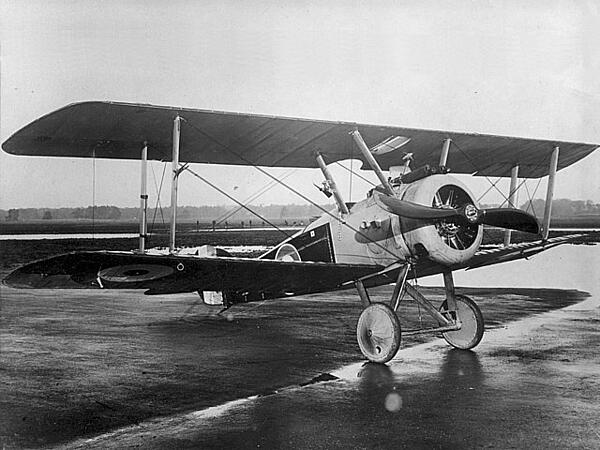Sopwith Camel
The Sopwith Camel was the most famous British fighter plane used during World War One. Named due to the hump-shaped protective covering placed over its machine guns, the Camel was responsible for shooting down more enemy aircraft than any other Allied fighter plane.
The Sopwith Camel was manufactured by the Sopwith Aviation Company, who designed it as a replacement for the Sopwith Pup, and it first flew on 22nd December 1916. By the time that production of the plane had halted, more than 5,400 had been built by the company.
The Camel was known for being highly manoeuvrable during flight but it was difficult to handle as 90 per cent of its weight was placed across an area of just seven feet. This meant that it was a very difficult plane for a novice pilot to master. The Camel also required a very specific type of fuel and when it stalled in flight - a common problem for novice pilots - it spun very badly. However, once the Camel was mastered, it became an efficient fighting machine for the Royal Air Corps.

The Sopwith Camel first went into service in June 1917 and provided experienced pilots with access to what they’d wanted - manoeuvrability and firepower. Equipped with two 0.303 Vickers machine guns that were mounted in front of the pilot, it made it possible to directly fire at anyone in front. It did struggle to turn left - the rotary effect of the Clergies engine made it awkward to fly in that direction - but it was very efficient when turning right and many pilots would turn full circle right to turn left as it was often faster.
Despite its idiosyncrasies, the Sopwith Camel was more than a match for the German Albatros fighters, being incredibly strong and mobile in the air. In fact, during its 17 months of service in World War One, it was credited with 1,294 kills.
From the middle of 1918, the Camel was mainly used as a ground attack aircraft, supporting the infantry as they advanced towards the German border. This tactic followed the failure of the German Spring Offensive, the arrival of American troops and the block of Germany’s ports (removing supplies from the German Air Force), so the Allies had a strong advantage and the Camel was able to provide almost unhindered support. Some were even fitted with 25Ib bombs so they could attack any remaining German strongholds.
By the time the war ended, new developments in aircraft meant the Camel was considered outdated. However, it remained in flight until the Armistice and it scored more kills than any other Allied aircraft.
MLA Citation/Reference
"Sopwith Camel". HistoryLearning.com. 2026. Web.
